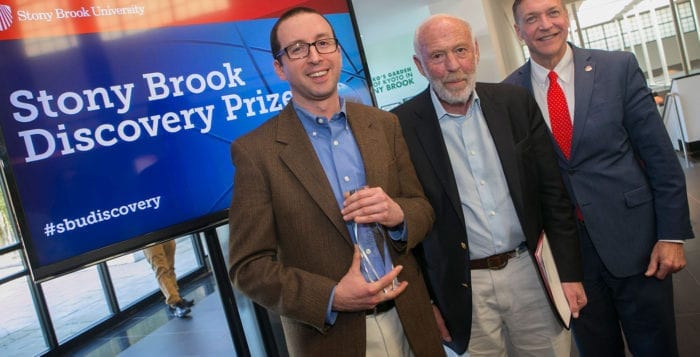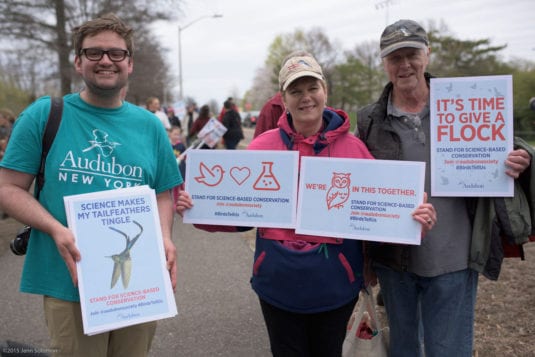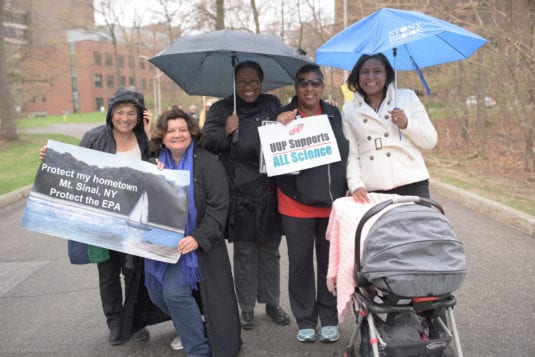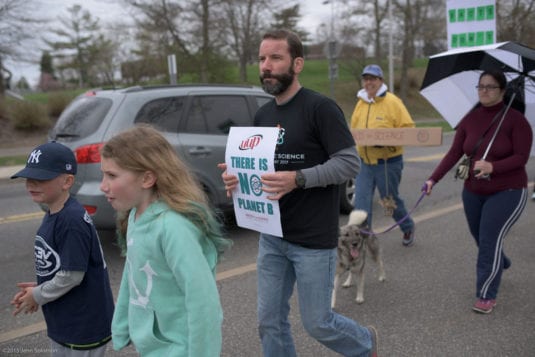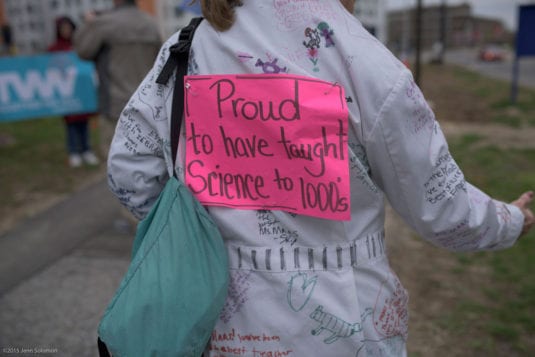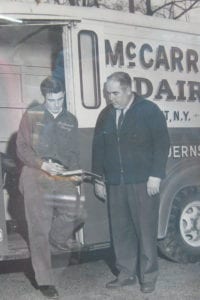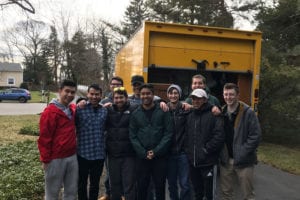Eileen Davenport has embarked on a writing journey, and she’s hoping local residents will join her on a trip down memory lane. The Setauket resident is working on a book about Hakin Lienghot, better known as Kin, a young man adopted by Three Village community members when he immigrated to the United States from Vietnam in 1967. She is reaching out to the community asking for stories involving her longtime friend.
Davenport said Lienghot, who now lives in Rhode Island, was a Montagnard child from Da Me in the Central Highlands of Vietnam whose people were mistreated by their fellow Vietnamese. When James Turpin, an American doctor, visited his village with the independent relief organization Project Concern, he met Lienghot and discovered the teenager dreamed of one day going to college. When the doctor returned to the United States, he addressed the members of the Three Village Jaycees, a junior chamber of commerce where members were between 18 and 35 years old. He asked the community to help him bring the young man to the states.
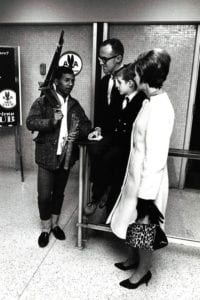
“All these people in Three Village started to stand up and say, ‘We will help this boy to get here,’” Davenport said in a phone interview.
She said she’s not certain of all the details, but Lienghot was offered a five-year scholarship to The Stony Brook School, and members of the Jaycees offered additional help. A clothing store owner said he would give Lienghot clothes, others said he could stay at their home during school breaks. Hank Boerner, who had just moved to Stony Brook and worked for American Airlines, offered to approach the company to arrange Lienghot’s transportation.
When the 13-year-old landed at John F. Kennedy Airport, the Jaycees, his future schoolmates, the local public school band and the Stony Brook Fire Department were there to greet him. She said the young man carried two bows and two arrows in his hand.
“His father said, ‘Here take this to your host family as a gesture to say that we are so happy and proud that they took you,’” Davenport said. “It was just this big hospitality thing.”
Lienghot said he was overwhelmed when he arrived at the airport, as he didn’t expect to be greeted by so many people, and his knowledge of English consisted basically of “yes,” “no,” and “thank you.”
“I didn’t expect anything like that so I was overwhelmed; I was frightened,” Lienghot said. “But I was cool on the outside, and I was frightened on the inside. I didn’t know how to talk to people or communicate. They had someone from the Vietnamese consulate to interpret for me.”
He remembers it snowing when the Fleeson family of Stony Brook drove him to their home where he stayed with the family until school began after winter break. He remembered that first night trying Campbell’s chicken noodle soup and not liking the taste of it, and the next day throwing snowballs with the neighborhood children, and the Fleesons taking him to Sears in the Smithhaven Mall.

He said he tried his best to fit in with the American children he met, so much so that it wasn’t until he matured that he realized the significance of his experiences here.
“I would love to hear about what people remember about me, because I was so focused on fitting in,” he said.
Lienghot, who is now a clinical social worker specializing in children with ADHD and autism has fond memories of his time in the area. He said he would walk down Quaker Path to go to West Meadow Beach and Christian Avenue into Stony Brook Village. From his walks to the village, he remembers looking out into the harbor and going to the shops, and he got his first American haircut from a Stony Brook Village barber.
He started at The Stony Brook School during a time when there were only 47 boys in the prep school, and Davenport said the students came from some of the most elite families, such as Edmund Lynch from the Merrill Lynch family.
While the original plans were for Lienghot to return home during summer vacation, circumstances in Vietnam prevented it. The Viet Cong attacked his village, and people were shot at point-blank range. In the attacks, he lost his brother-in-law and cousin as well as 36 others in his village. When he did get home in 1969, he was almost drafted when he was stopped while riding a scooter. He said he pretended to only know English, and for identification he just showed his Stony Brook School ID. After that, he knew he couldn’t return to his village again.
The Three Village Jaycees, who already helped Lienghot with food, clothing and books, now opened up their homes to ensure he would have a place to stay during every school break and summer vacation.
“It was a collective community thing, really kind of parenting him,” the writer said.

Davenport said she hopes Three Village residents can help her with the story of Lienghot, because her family only became a part of his life after he left The Stony Brook School. She said it was in the early 1970s when her father, Ed McAvoy, joined the Jaycees and was the newly elected president of the group. Lienghot was graduating from high school at the time, and her father decided to go to the graduation ceremony.
As her father was leaving, her mother Mary Ann said to him, “Just make sure he has somewhere to go.”
When Davenport’s father saw Lienghot, the young man didn’t know where he was going for the summer, and McAvoy invited him to stay at his home for the summer with his wife and four children.
While Lienghot was at the McAvoys they helped him pack for college and obtain his green card since his student visa ended. The young man had a four-year scholarship playing soccer at Barrington College and eventually went on to Boston University. Every college school break he came back to the McAvoy family, and through the decades has visited the family regularly.
“He kind of adopted us as family and we adopted him,” Davenport said.
The new author said many have told Lienghot to write a book, and but he never believed anyone would be interested in his story. She said while she has no experience in writing books, she’s an avid reader of memoirs and non-fiction inspirational stories, and she believes many would read a book about a community coming together and taking in an immigrant child during war.
The future author said to her adopted brother, “I read stories like this all the time, and I know it’s a good story to tell.”
Those who remember Lienghot can email their stories to [email protected].


